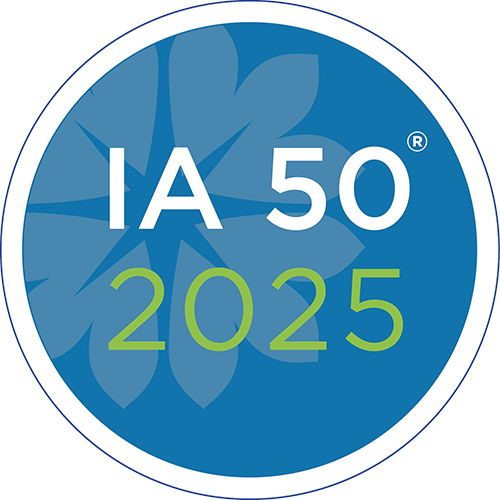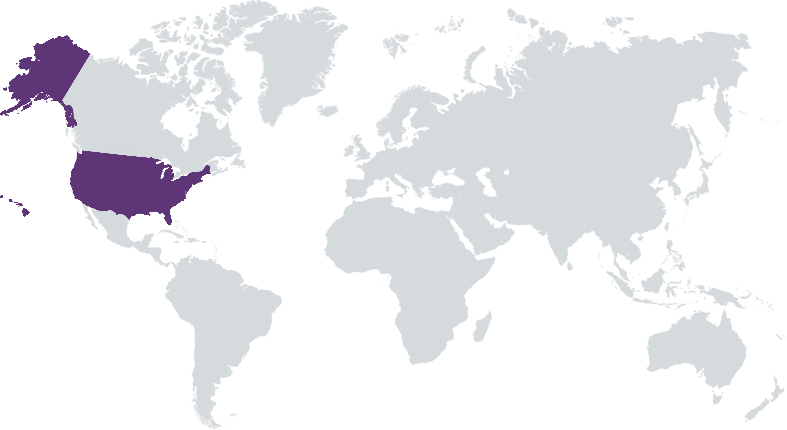IMPACTASSETS 50™
An Annual Showcase of Impact Investment Fund Managers

ImpactAssets 50
An Annual Showcase of Impact Investment Fund Managers

Low Income Investment Fund

 Community Development
Community Development Education
Education Health and Wellbeing
Health and WellbeingFirm Overview
Founded in 1984, the Low Income Investment Fund (LIIF) is an S&P-rated impact fund that offers investors a way to create opportunities for low income communities through our LIIF Impact Note. Since inception, our investors have impacted over 2.3 million underserved individuals and families and created $73 billion in social benefits for underserved communities through job creation, improved health, safer and more affordable homes and higher graduation rates. Our investment approach is based on the understanding that sustained neighborhood transformation requires holistic, cross-sector collaboration, from quality education to affordable housing, healthy food and accessible transportation. Headquartered in San Francisco with offices in Los Angeles, New York, Washington, D.C. and Atlanta, our investments span the country. We are one of a small cadre of nonprofit financial institutions that has an A- S&P credit rating and has consistently received the highest Aeris™ rating of “AAA+/1,” for financial strength “four stars” for impact.
Years of Operation: 10 years or more
% of Capital from Top 3 Investors: 25% – 49%
Over the past 37 years, LIIF has invested in nearly $3 billion in America’s most vulnerable communities to expand opportunity through affordable housing, high quality schools and child care, health centers and equitable transit-oriented development.
Our investments target America’s hardest-to-reach communities: low income and very low income families. We understand that making positive changes in people’s lives yields real social returns, such as greater individual earning potential and increased savings. Meanwhile creating more self-sufficient, sustainable, and economically vibrant communities yields a financial win for investors and the economy as a whole. To date, we’ve invested over $2.8 billion in capital and technical assistance in underserved communities, leveraged another $13.8 billion for development projects, and served over 2 million people nationwide. Over the past 37 years, our actively managed portfolio has had a default rate of 0.26% and a repayment rate of 100% to all of our investors.
As one of the oldest and largest CDFIs in the country, LIIF has a long history and track record of serving low-income and BIPOC communities. Over 80% of LIIF's historic affordable housing lending, or $1.25B, has been in highly diverse metro areas. We’ve created or preserved 83,000 homes, preventing the displacement of 180,000 people of color. To ensure LIIF’s ongoing work continues to serve communities of color, our new strategic plan is centered around racial equity, committing $5 billion in capital to that end over the next decade, including the development and implementation of our Impact-Risk-Profitability (IRP) framework, which will be used to determine how our capital tools can advance racial equity while understanding the risk and profitability of our activities. The new framework will place racial equity outcomes at the center of our impact goals.
Investment Example
Among LIIF’s recent projects is the rehabilitation of a historic building into a highly integrated mixed-use facility, anchored by arts, education and healthcare tenants. Built in 1927, the art deco Sears Roebuck & Co distribution center was once the largest building in Memphis, TN, and a significant source of employment and economic activity. After 20 years of disuse, the building reopened as Crosstown Concourse, one of the largest historic redevelopment projects in state history, and is expected to create nearly 900 permanent jobs at full capacity. Thanks in part to a $10 million investment from LIIF, nonprofits have leased space in the building alongside a charter high school, healthcare clinic, a teacher residency and graduate urban education program, a wellness and fitness center, art exhibition space, a cancer treatment center and more.
Leadership and Team
 |
Daniel A. Nissenbaum – Chief Executive Officer More Info
Mr. Nissenbaum is LIIF’s President and Chief Executive Officer. Mr. Nissenbaum serves on numerous boards including Primary Care Development Corporation and Community Restoration Corporation. He was also previously Chairman of the Board of Governors and a Trustee for the National Housing Conference. Prior to LIIF, Mr. Nissenbaum was a Managing Director at Goldman Sachs, where he oversaw Community Reinvestment Act compliance for the firm’s Urban Investment Group. Mr. Nissenbaum earned a Masters of Business Administration from Columbia Business School. |
 |
Kimberly Latimer-Nelligan – President More Info
Ms. Latimer-Nelligan is LIIF’s COO & EVP, Community Investment Programs and is responsible for oversight of LIIF’s Community Investment Programs (CIP) which includes the national lending and New Markets Tax Credit business, programs and risk management. Under Ms. Latimer-Nelligan’s leadership LIIF has launched its Fresh Foods and Community Health Collaborative programs. CIP currently manages assets of approximately $500 million and deploys $200 million of capital annually. Ms. Latimer-Nelligan’s background in community development is extensive. Before joining LIIF in July 2008, she was with Citibank for over 20 years. Most recently, Ms. Latimer-Nelligan served as the Managing Director of National Lending and Investments, overseeing a $3 billion business within Citibank Community Development. |
 |
Lucy Arellano Baglieri – Chief Strategy Officer More Info
Mrs. Arellano Baglieri joins LIIF with more than 13 years of community development management and strategy experience with a focus on social justice and racial equity. Most recently, as chief strategy officer for the Mission Economic Development Agency (MEDA), she led the organization’s regional and national initiatives. Her work draws on communities’ strengths to respond to economic inequity by employing a holistic approach to wealth, place, and power building. This approach includes direct services, affordable real estate development and preservation, policy and advocacy, equitable CDFI lending, and collective impact networks. She has also led organizational racial equity, strategy, and professional development initiatives. |
Financial Performance
Impact Performance
|
Percentage of Total Assets Under
Management that are Impact Investments: |
100%
|
Every investment made by LIIF is targeted to benefit low income individuals and communities. During the underwriting process, LIIF gathers income status information from borrowers and closely examines the potential for positive impact. Since LIIF’s founding, 97% of individuals impacted have been classified as low income (defined as earning 80% or below area median income) and 59% have been classified as very low income (earning 50% or below area median income). For each project, LIIF tracks outputs such as jobs created, housing units built, new school desks and child care slots created as well as outcomes such as reduced health care expenditures and increased lifetime earnings, and reports these numbers quarterly. LIIF has consistently earned the highest possible “four star” rating for Impact from Aeris™, a highly-regarded, 3rd party ratings system for CDFIs.
LIIF prioritizes green and environmentally sustainable practices when evaluating community development projects for investment. We understand that environmentally sound development has a three-fold benefit for neighborhoods: environmental (reduced carbon emissions); financial (reduced energy costs); and wellness (positive health benefits). A majority of the projects in our portfolio include green development approaches such as solar power, environmental remediation and clean-up, zero-carbon output design, energy retrofitting, water efficiency, use of recycled and existing materials for construction, and storm water management. Many of our projects have achieved outcomes such as LEED certification or met Enterprise Green Communities standards.
Impact Tracking and Monitoring
Learn More
49 Stevenson Street #300, San Francisco, CA 94105 USA
Apply for the IA 50 2022
The application period to become an ImpactAssets 50 2022 Fund Manager will open in September 2021!
To stay informed on the application process, sign up here.
